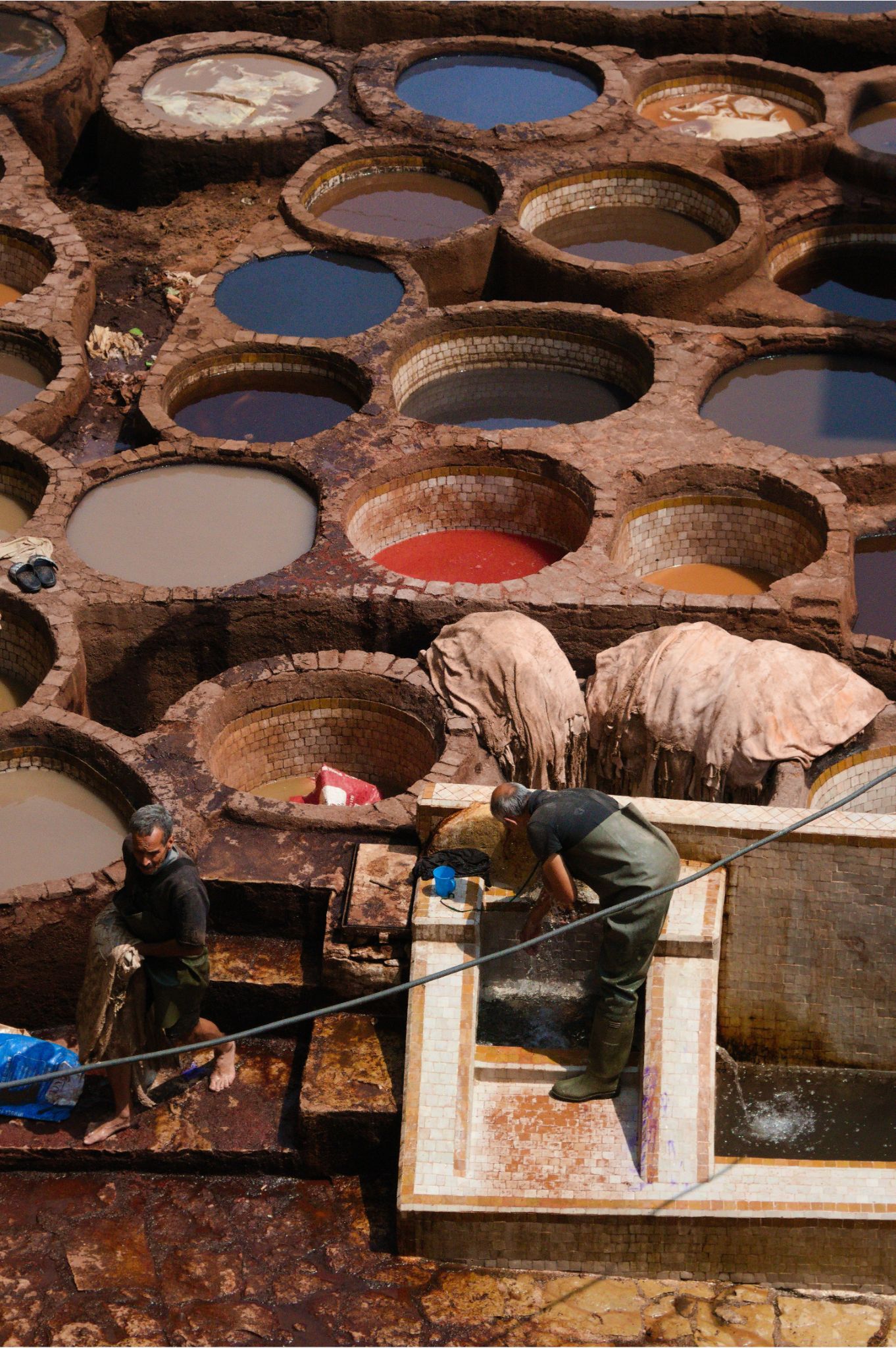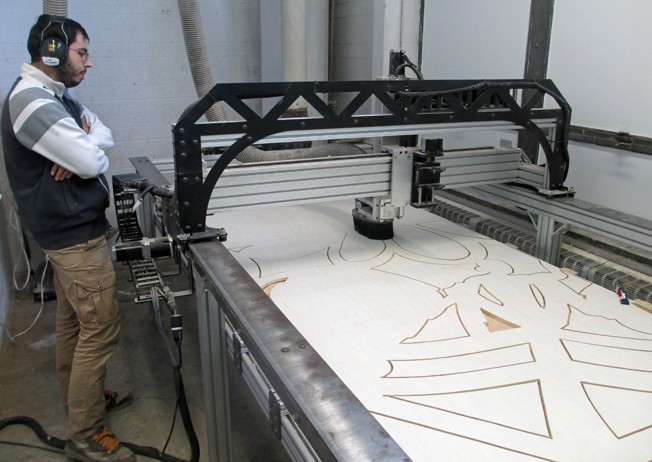photocatalytic degradation of textile dyes in effluent
The photocatalytic degradation of textile dyes in effluent is a process that has attracted much attention in recent years. This is due to the increasing pollution of water bodies by textile effluent, which contains a large amount of dye molecules. The photocatalytic degradation of dyes is a promising technology for the treatment of textile effluent, as it can completely degrade the dye molecules into harmless products.
The mechanism of photocatalytic degradation of dyes is based on the ability of photocatalysts to absorb light and generate reactive oxygen species (ROS), which can then degrade the dye molecules. The most commonly used photocatalysts for the degradation of dyes are titanium dioxide (TiO2) and zinc oxide (ZnO).
Both of these photocatalysts are effective in degrading a wide range of dyes. The efficiency of photocatalytic degradation of dyes is affected by several factors, such as the type of photocatalyst, the type of dye, the initial concentration of the dye, the pH of the solution, and the presence of other substances in the solution. Overall, the photocatalytic degradation of textile dyes in the effluent is
Introduction
The textile industry is one of the leading polluting industries in the world. A large amount of water is required in the textile manufacturing process and this water gets contaminated with a range of different chemicals, including dyes. Once the water is no longer needed, it is often released into the environment without any treatment, leading to water pollution. One of the most effective ways to remove contaminants from water is through photocatalytic degradation. In this process, a photocatalyst is used to degrade the contaminants into smaller, less harmful molecules.
There are a range of different photocatalysts that can be used for this purpose, but one of the most promising is titanium dioxide (TiO2). TiO2 is a very effective photocatalyst and can degrade a range of different textile dyes. The main advantage of photocatalytic degradation is that it is a very clean process with no harmful by-products. It is also a very efficient process, with a high rate of contaminant removal.
A few challenges need to be addressed before photocatalytic degradation can be widely used for the treatment of textile effluent. One of the main challenges is the cost of the photocatalysts. TiO2 is a relatively expensive photocatalyst and so the cost of treating large volumes of effluent can be prohibitive.
Another challenge is the need for an energy source to activate the photocatalyst. UV light is the most commonly used energy source, but it is not always available, especially in cloudy or rainy conditions. Despite these challenges, photocatalytic degradation is a promising technology for the treatment of textile effluent and other water contaminants.
The photocatalytic degradation of textile dyes in effluent
The photocatalytic degradation of textile dyes in effluent is a process that has been receiving attention in recent years. This is because the effluent from textile industries contains a high concentration of dyes, which can be harmful to the environment. The photocatalytic degradation of dyes is a process in which the dyes are broken down by the action of light. In this process, light energy is used to break the bonds between the atoms in the dye molecules.
This results in the formation of new molecules, which are less harmful to the environment. Many photocatalysts can be used for the photocatalytic degradation of dyes. Titanium dioxide is one of the most commonly used photocatalysts.
Titanium dioxide can be activated by ultraviolet light, which is present in sunlight. The photocatalytic degradation of dyes is a very efficient process. However, it is important to note that this process is not 100% efficient. This means that some of the dye molecules will not be broken down and will remain in the effluent. The photocatalytic degradation of dyes is a process that has many benefits. It is an environmentally friendly process and it is also very effective.
The mechanism of photocatalytic degradation of textile dyes
The photocatalytic degradation of textile dyes is an important process for the removal of these pollutants from effluent. There are several mechanisms by which photocatalysis can degrade dyes, and the most important of these is the direct photolysis of the dye molecules. This process is very efficient and can completely degrade the dye molecules in a short period. Other mechanisms, such as the indirect photolysis of the dye molecules and the direct oxidation of the dye molecules, are also important but are less efficient than the direct photolysis process.
The direct photolysis of the dye molecules is the most important mechanism for the photocatalytic degradation of textile dyes. This process involves the absorption of light by the dye molecules, which causes the molecules to break down into smaller molecules. The smaller molecules are then removed from the effluent by the photocatalytic process.
The indirect photolysis of the dye molecules is another important mechanism for the photocatalytic degradation of textile dyes. This process involves the absorption of light by the dye molecules, which causes the molecules to be excited.
The excited molecules then react with the photocatalyst to produce radicals that can break down the dye molecules. The direct oxidation of the dye molecules is the third important mechanism for the photocatalytic degradation of textile dyes. This process involves the absorption of light by the dye molecules, which causes the molecules to oxidize. The oxidized molecules are then removed from the effluent by the photocatalytic process.
The kinetics of photocatalytic degradation of textile dyes
The photocatalytic degradation of textile dyes in effluent is a process that has attracted considerable attention in recent years. This is due to the growing awareness of the pollution caused by the discharge of textile effluent into the environment. The photocatalytic degradation of textile dyes is a process that uses light to catalyze the breakdown of organic compounds. The process is effective in degrading a wide range of organic compounds, including dyes. The photocatalytic degradation of textile dyes is a two-step process.
In the first step, the organic dye is adsorbed onto the surface of the photocatalyst. In the second step, the organic dye is photodegraded by the photocatalyst. The photocatalytic degradation of textile dyes is a process that is both environmentally friendly and efficient. The photocatalytic degradation of textile dyes is a process that has several advantages over other methods of effluent treatment. The process is effective in degrading a wide range of organic compounds, including dyes. The process is also environmentally friendly and efficient.
The factors affecting the photocatalytic degradation of textile dyes
The photocatalytic degradation of textile dyes in effluent is a major environmental problem. The main factors affecting the photocatalytic degradation of textile dyes are the type of dye, the type of photocatalyst, the type of reactor, the operating conditions, and the nature of the effluent. The type of dye is the most important factor affecting the photocatalytic degradation of textile dyes.
The photocatalytic degradation of azo dyes is much faster than that of non-azo dyes. The photocatalytic degradation of direct dyes is faster than that of acid dyes. The photocatalytic degradation of basic dyes is faster than that of acid dyes. The type of photocatalyst is another important factor affecting the photocatalytic degradation of textile dyes. TiO2 is the most widely used photocatalyst for the photocatalytic degradation of textile dyes. However, other photocatalysts such as ZnO, SnO2, Fe2O3, and In2O3 are also effective.
The type of reactor is another important factor affecting the photocatalytic degradation of textile dyes. The most common types of reactors used for the photocatalytic degradation of textile dyes are batch, packed bed, and fluidized bed reactors. The operating conditions are also an important factor affecting the photocatalytic degradation of textile dyes.
The most important operating conditions are the pH of the effluent, the concentration of the dye, the amount of photocatalyst, the light intensity, and the temperature. The nature of the effluent is also an important factor affecting the photocatalytic degradation of textile dyes. The effluent from textile dyeing processes contains a wide range of organic compounds. The most important of these are the dyes themselves. The effluent also contains inorganic compounds such as salts, metals, and suspended particles.
The advantages of photocatalytic degradation of textile dyes
The photocatalytic degradation of textile dyes has been extensively studied over the past few years due to the ever-increasing pollution of water bodies by these dyes. The main advantages of photocatalytic degradation over other methods are its high efficiency, selectivity, and environmental friendliness. The most common method for the degradation of textile dyes is the photocatalytic method. In this method, the dye is degraded by the action of light and a photocatalyst.
The main advantage of this method is its high efficiency. The photocatalytic method can degrade dyes much faster than other methods such as chemical oxidation. Another advantage of photocatalytic degradation is its selectivity. This means that only the dye is degraded and not the other components of the wastewater. This is very important as it prevents the formation of new pollutants.
Finally, photocatalytic degradation is environmentally friendly as it does not produce any toxic by-products. This is in contrast to other methods such as chemical oxidation, which can produce toxic by-products that can pollute the environment.
The disadvantages of photocatalytic degradation of textile dyes
The photocatalytic degradation of textile dyes in effluent is a process that has been studied for many years. However, some disadvantages of this process still need to be addressed. One of the main disadvantages is the fact that the process is not very efficient. This means that a lot of the dye is still left in the effluent after the photocatalytic degradation process has taken place. Another disadvantage is that the process is quite slow. This means that it can take a long time to completely degrade the dye in the effluent.

Greetings! I’m thrilled to introduce myself as a dedicated blogger with a fervent passion for crafting meticulously researched and insightful blogs. My mission is to provide you, the readers, with a treasure trove of valuable information. Join me in this exciting adventure of discovery – Thanks







